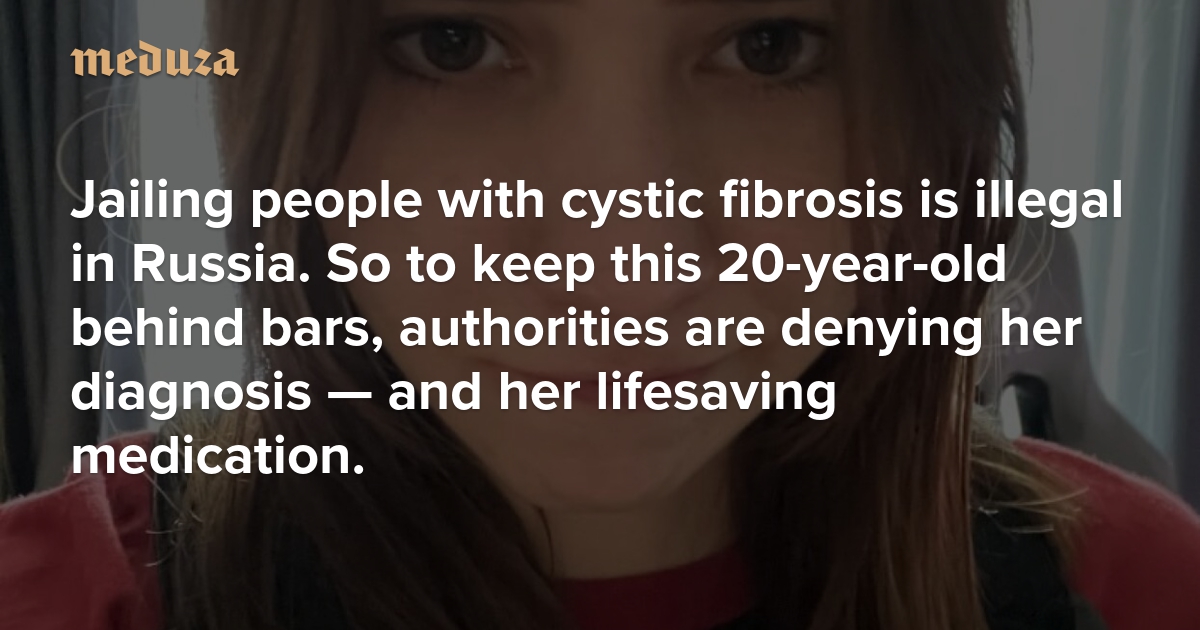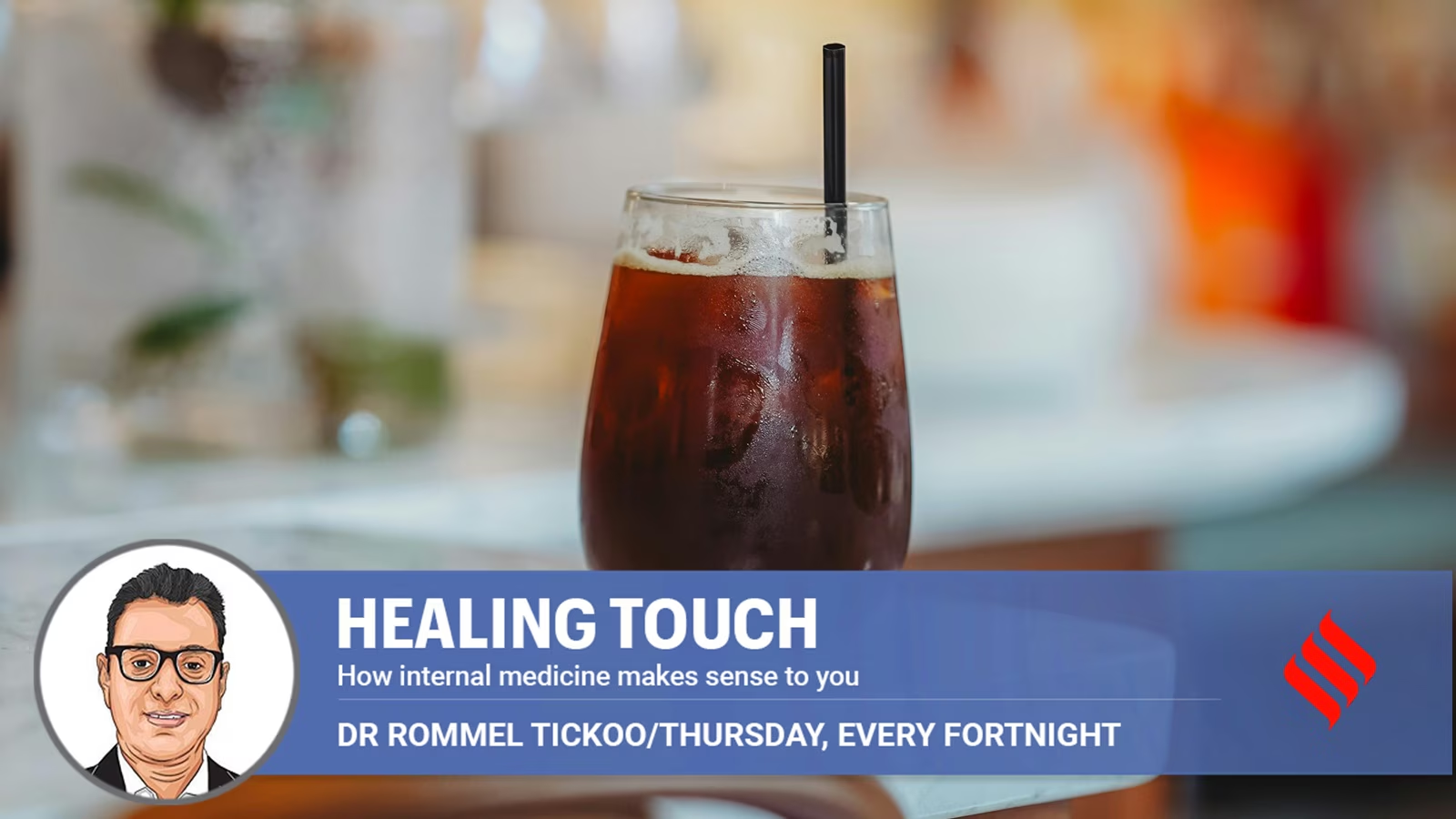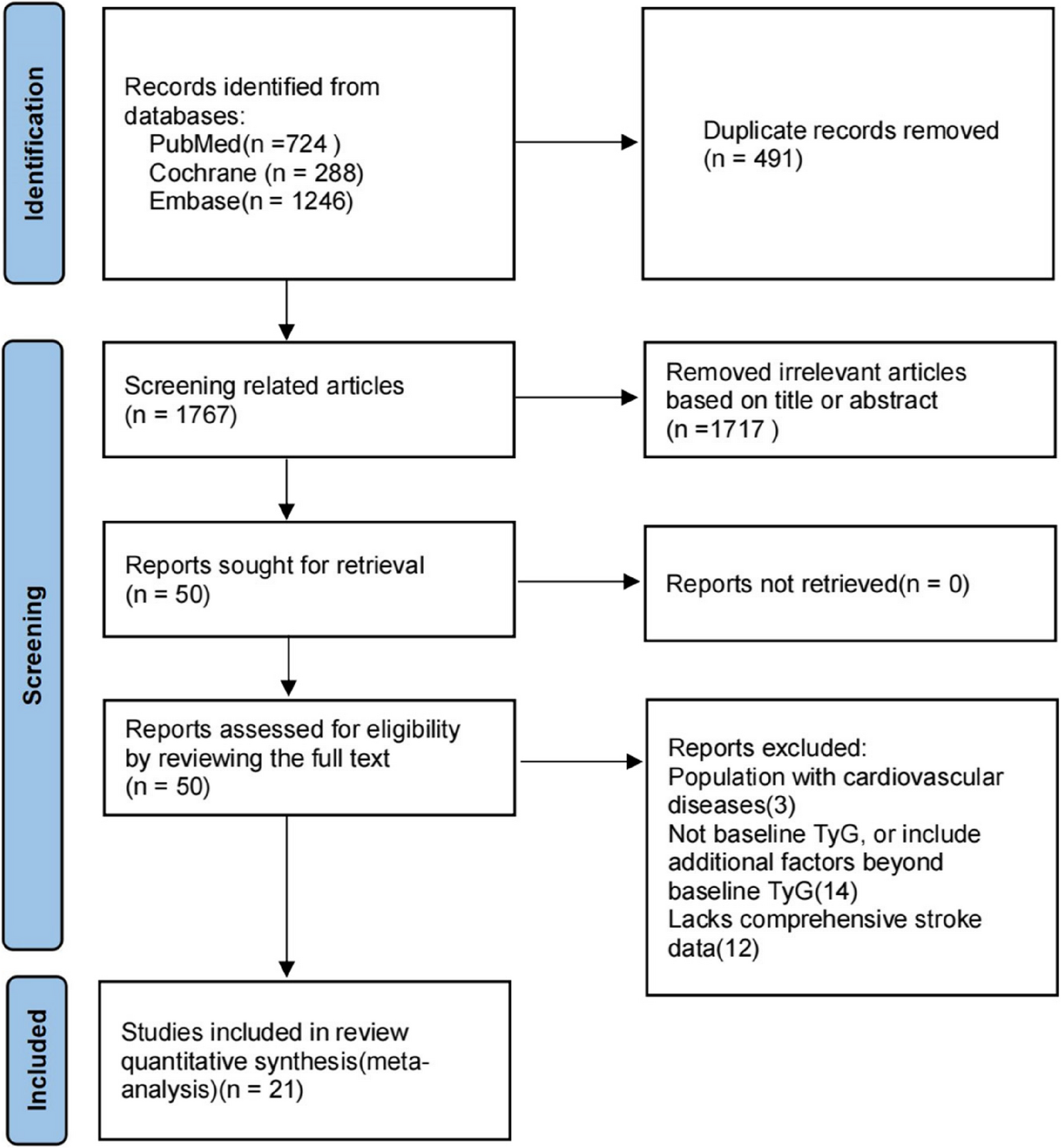BYLINE: Noah Fromson
Newswise — Poor blood sugar control in adolescence increases the risk of painful future complications for people with type 1 diabetes, research co-led by…
BYLINE: Noah Fromson
Newswise — Poor blood sugar control in adolescence increases the risk of painful future complications for people with type 1 diabetes, research co-led by…


Cystic fibrosis, a life-threatening genetic disease that affects the mucous membranes in the lungs and other organs, is one of the conditions that make it illegal to imprison a person under Russian law. Nonetheless, this summer, a Moscow…


Announced by…

Tuberculosis (TB) levels in England increased by 13.6% in 2024 compared to the previous year, data published today by the UK Health Security Agency (UKHSA) shows.
There were 5,490 notifications of the disease in 2024, compared to 4,831 in…

The systematic review and meta-analysis including 21 studies indicated the participants in the highest TyG, TyG-BMI, TyG-WC and TyG-WHtR quartile have an increased risk of stroke compared to the patients with the lowest index category. Subgroup…

SAN FRANCISCO, Oct. 9, 2025 /PRNewswire/ — Allelica, the global leader in clinical polygenic risk score (PRS) testing, today announced the launch of AbsoluteDx, a comprehensive,…

Whether or not you’ve heard the name Kevin Hall, you most likely know about his work. It was Hall’s seminal study in 2019 that showed that consuming ultraprocessed foods like deli meat, white bread and canned refried beans led to weight gain…

Dr. Mark Harper recalls his first cold-water swim in the south of England 20 years ago. It was August, but the initial jolt from the plunge took his breath away.
The shock to his system lasted a minute or two until he was “recombobulated and…